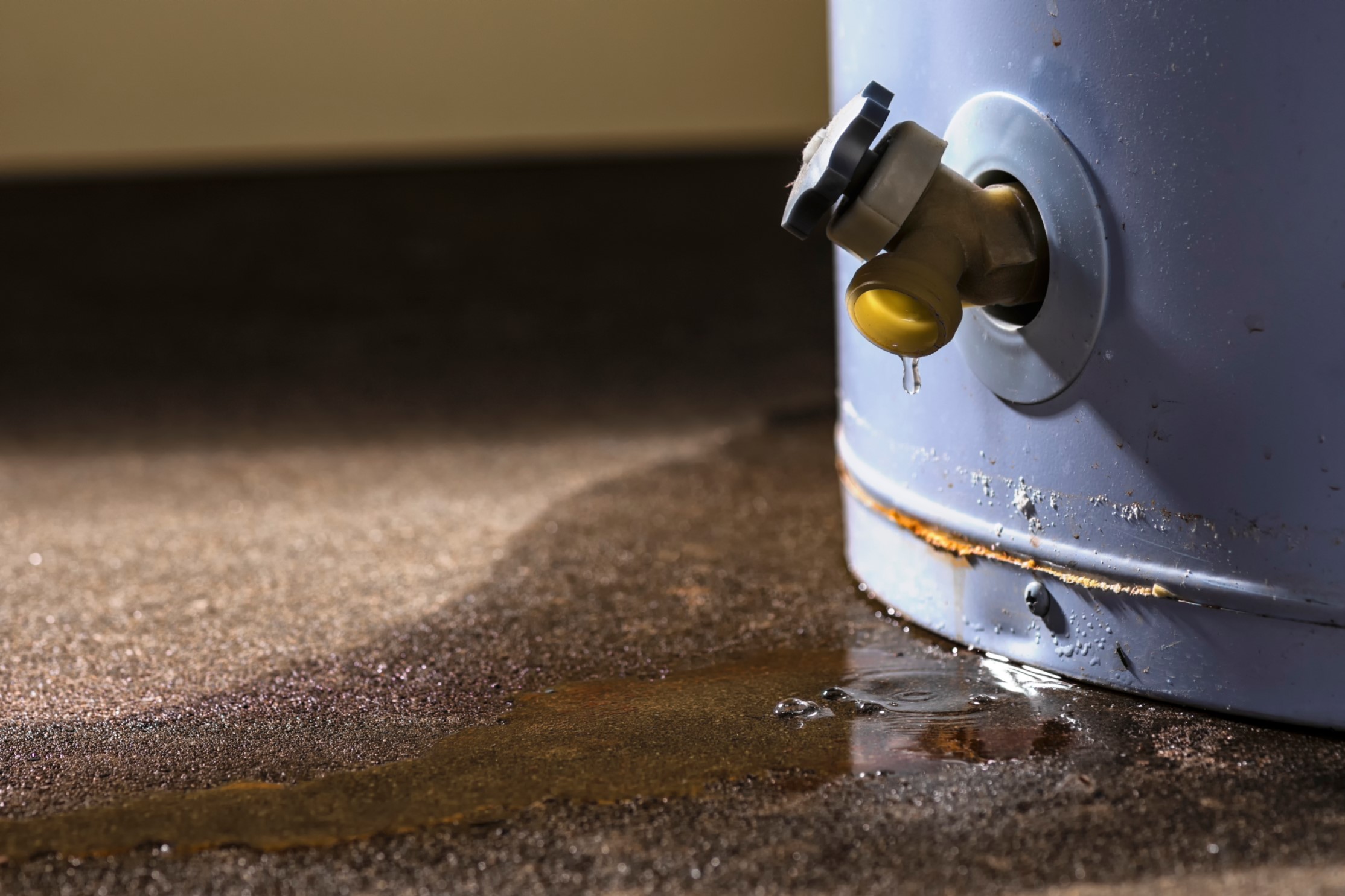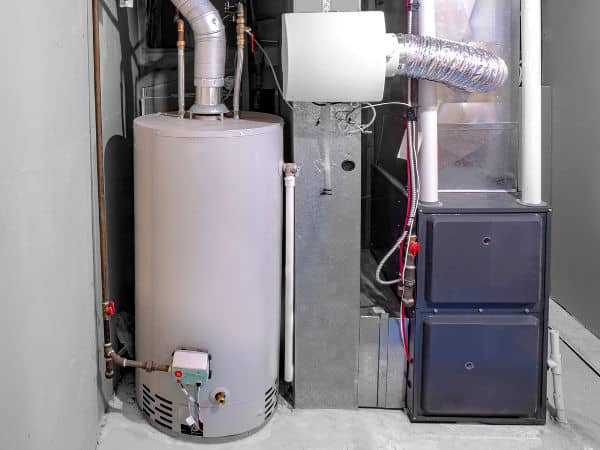Have you been interested in resources about How to Maintain Your Water Heater & Prolong its Life?

Warm water is important for day-to-day comfort, whether it's for a revitalizing shower or washing meals. To guarantee your hot water system runs effectively and lasts much longer, regular upkeep is vital. This article offers sensible ideas and insights on exactly how to keep your home's hot water system to stay clear of interruptions and pricey repair work.
Intro
Preserving your home's warm water system might appear challenging, however with a few basic actions, you can guarantee it operates smoothly for many years to come. This overview covers whatever from recognizing your hot water system to DIY upkeep suggestions and recognizing when to contact specialist help.
Relevance of Preserving Your Warm Water System
Routine upkeep not only expands the life expectancy of your warm water system however additionally ensures it runs efficiently. Disregarding maintenance can bring about decreased efficiency, greater power bills, and even early failing of the system.
Signs Your Hot Water System Requirements Upkeep
Understanding when your warm water system needs attention can prevent major problems. Watch out for indications such as inconsistent water temperature level, odd sounds from the heating unit, or corroded water.
Purging the Hot Water Heater
Purging your hot water heater gets rid of debris build-up, boosting performance and lengthening its life.
Monitoring and Changing Anode Rods
Anode poles stop rust inside the storage tank. Checking and replacing them when worn is important.
Complicated Issues Requiring Professional Help
Examples include major leaks, electrical troubles, or if your hot water heater is continually underperforming.
Regular Expert Maintenance Advantages
Professional maintenance can consist of extensive evaluations, tune-ups, and making sure conformity with security requirements.
Checking and Changing Temperature Level Setups
Changing the temperature settings guarantees ideal performance and safety.
DIY Tips for Maintenance
You can execute numerous upkeep tasks yourself to keep your warm water system in leading problem.
Looking for Leaks
Frequently inspect pipes and links for leakages, as these can bring about water damages and greater costs.
Recognizing Your Warm Water System
Prior to diving right into upkeep jobs, it's practical to comprehend the basic elements of your hot water system. Generally, this includes the hot water heater itself, pipelines, anode rods, and temperature controls.
Regular Monthly Upkeep Tasks
Routine regular monthly checks can help catch small concerns prior to they rise.
Checking Stress Alleviation Valves
Evaluating the pressure relief valve ensures it functions appropriately and protects against extreme pressure buildup.
Insulating Pipelines
Shielding warm water pipelines decreases heat loss and can save power.
When to Call a Specialist
While DIY maintenance is valuable, some concerns need expert knowledge.
Conclusion
Normal upkeep of your home's hot water system is crucial for performance, durability, and cost financial savings. By adhering to these ideas and knowing when to seek specialist assistance, you can guarantee a trusted supply of hot water without unanticipated interruptions.
Water Heater Maintenance: The Basics
Maintaining your water heater will ensure it operates efficiently and has a longer lifespan. Neglecting regular maintenance can lead to costly repairs and an even bigger chunk of your savings if you have to replace it sooner than necessary. But there’s good news: Most water heater maintenance tasks are relatively simple and easy for homeowners with basic DIY skills.
Flush the Water Heater
Over time, sediment and minerals can build up in the tank, reducing its efficiency and potentially causing damage. To flush the tank, turn off the power or gas supply, attach a hose to the drain valve near the bottom and open the valve to drain the water until it runs clear. Ideally, flush the tank annually.
Replace the Anode Rod
The anode rod is a sacrificial metal rod that helps prevent corrosion inside the tank. Inspect and replace it every three to five years or per the manufacturer's recommendation. To replace the anode rod, turn off the power or gas supply, drain a few gallons of water from the tank, unscrew the old rod and replace it with a new one. If the anode rod is significantly corroded or covered in calcium buildup, it's a sign the water heater may need to be replaced soon.
Tune-Up
A yearly tune-up can help identify potential issues and ensure your water heater operates at peak efficiency. This typically involves checking the thermostat, burner assembly (for gas heaters) and any other components specified by the manufacturer. During a tune-up, the technician may also clean the burner and adjust the pilot light (for gas heaters) or examine the heating elements (for electric heaters).
How to Maintain Your Water Heater
Insulate the tank. Insulating the tank can improve energy efficiency and reduce heat loss, saving you money on energy bills. You can purchase precut insulation blankets designed specifically for water heaters or use standard fiberglass insulation wrapped securely around the tank. Check the temperature. The recommended water temperature for most households is around 120 degrees Fahrenheit (49 degrees Celsius). Higher temperatures can increase energy costs and potentially cause scalding. Use a kitchen thermometer to check the temperature at the faucet nearest the water heater. Monitor water pressure. Excessive water pressure can strain the water heater and cause leaks or even tank failure. Install a pressure-reducing valve if necessary. The ideal water pressure range is between 60 and 70 PSI (pounds per square inch). Test the temperature and pressure (T&P) relief valve. The T&P relief valve is a safety feature that releases pressure if the tank gets too hot or the pressure builds up too high. Test it annually by lifting the lever and allowing a small amount of water to release. Replace the valve if it doesn't release water or reseal properly. Check for leaks. Regularly inspect the tank, pipes and fittings for leaks or corrosion. Deal with issues promptly to prevent further damage. Even a small leak can lead to significant water damage over time. Consider a tankless water heater. If your traditional tank-style water heater is nearing the end of its lifespan ( typically 10 years), consider replacing it with a tankless water heater. These units heat water on demand, reducing standby energy losses and potentially saving you money on your energy bills. Schedule professional maintenance. While homeowners can perform many water heater maintenance tasks, it's still a good idea to schedule professional maintenance every few years. A plumber or HVAC technician can thoroughly inspect the unit, identify potential issues and ensure it operates safely and efficiently. https://www.homeserve.com/en-us/blog/home-improvement/hot-water-heater-maintanence/

Hopefully you enjoyed our post about How to Maintain Your Water Heater & Prolong its Life. Many thanks for taking a few minutes to browse our article. You should set aside a second to distribute this page if you enjoyed reading it. Kudos for your time. Return soon.
Call Today